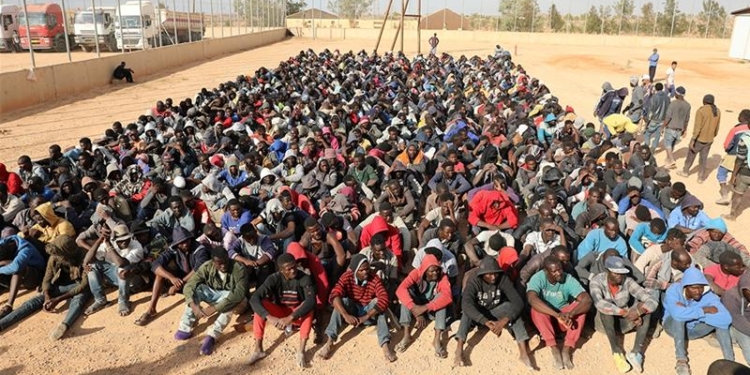Hundreds of refugees in Libya are worried about being cut off from supplies as a result of the Corona Virus rampaging all over the world.
The refugees are those forced to leave a UN-run centre in Libya earlier this year, and survivors of the Tajoura detention centre bombing.
Recently, the UN Refugee Agency (UNHCR) announced it would suspend some activities in Libya, including work at a Tripoli community day centre and a registration centre where new arrivals can sign up for help. UNHCR will also stop making visits to detention centres until staff are given personal protective equipment, though a spokesperson said the agency will increase phone counselling and outreach to refugee community leaders. Both UNHCR and the International Organization for Migration have halted resettlement flights for refugees and migrants globally.
“We are afraid about this disease, we are confined in our home,” said an Eritrean man in Tripoli. “If the disease comes to Libya it will be very dangerous, especially for the refugees, because we live densely in one place.” Between six and eight people sleep in each room, he said, because the price of rent is so high.
“The government prevents all the people from leaving their houses, but we need to work to get money for food,” said another man, from Darfur, Sudan.
Libya’s civil war will be a year old on 4 April. Thousands of the refugees and migrants trapped there previously tried to get to Europe by crossing the Mediterranean on boats, but were intercepted and returned by the EU-backed Libyan coastguard. Many fled wars or dictatorships across Africa and have now spent years in detention centres associated with the Tripoli-based Government of National Accord, in cramped conditions that have repeatedly been condemned by human rights groups.
Earlier this year, hundreds of refugees and migrants were effectively forced to leave the UNHCR-established, donor-funded gathering and departure facility in Tripoli. The facility was heralded as an “alternative to detention” when it was opened in late 2018 – intended to be used as a safe place where vulnerable people could be brought ahead of evacuation. Instead, it quickly became mired in problems.

